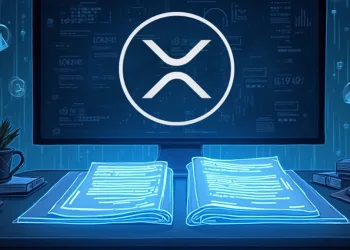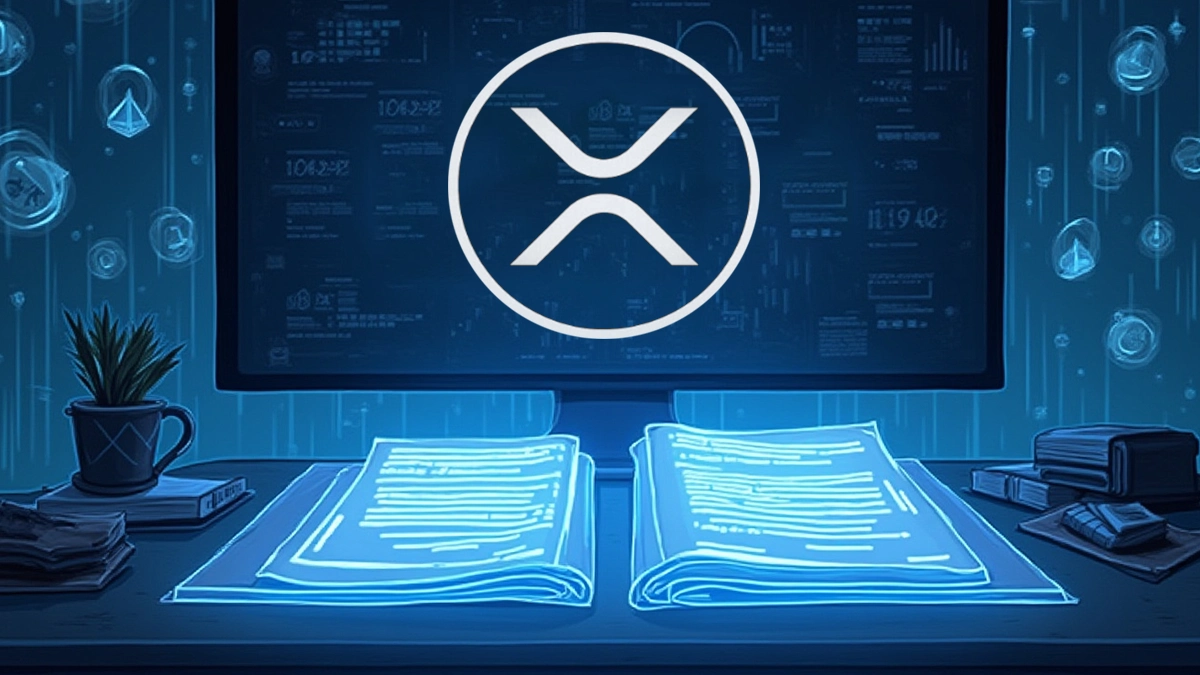- Cardano functions as a layer 2 solution for Bitcoin to establish smooth interoperability alongside enhanced DeFi availability.
- The Bitcoin holders benefit from accessing DeFi platforms on Cardano through the smart contract functionality.
- The combination of Hydra with Bitcoin Lightning Network would bring more transactions to both systems resulting in increased scalability.
In a significant shift for the digital asset landscape, Cardano is reportedly advancing efforts to establish interoperability with Bitcoin, positioning itself as a potential Layer 2 solution for the world’s first cryptocurrency. Analysts predict this strategic move will mark its main achievement by May 2025 while creating enhanced usability across both platforms and opening new possibilities for the decentralized finance system.
Cardano and Bitcoin operate on the UTXO (Unspent Transaction Output) model, which tracks individual transaction outputs rather than single wallet balances. This technical overlap facilitates integration between the two chains, allowing for more seamless development of shared protocols. The Cardano network establishes this necessary groundwork to integrate with Bitcoin infrastructure without changing the underlying base-layer operations.
Enhanced Functionality and Liquidity Use
One main purpose of the integration is to allow Bitcoin owners access their assets throughout the Cardano smart contract system. The lack of native smart contracts in Bitcoin creates a possibility that this connection would give Bitcoin users access to DeFi applications through Bitcoin’s liquidity.
Sundial platform together with future Bitcoin OS Grail (BOS) bridge form the core components of this initiative. Through zero-knowledge proof mechanisms Cardano can authenticate Bitcoin operations by processing transactions with ADA as the payment method.
Cardano Faces Volatility Despite Surge in Institutional Interest
Institutional interest in Cardano experienced a sudden rise as ADA received more institutional inflows than all other altcoins during the last month including Bitcoin and Ethereum and Solana.This momentum is attributed to Cardano’s growing utility and technological progress.
However, data from Coinglass reveals that ADA faced volatility from February to April, with a brief surge in inflows reaching $100M in late February, yet no corresponding price increase. Despite consolidating near $0.80 in late February, ADA’s price gradually declined to $0.60 by early April. The lack of sustained momentum and ongoing selling pressure suggests ADA may continue to struggle without a shift in sentiment or fresh capital inflows.
Interoperability and Scalability Ahead
The integration of Hydra with Bitcoin Lightning Network support holds great potential for boosting Cardano scalability because it could enable more than one million transactions per second. Such a successful collaboration would transform Layer 1 and Layer 2 network interactions and serve as a model for other blockchain interoperability projects.














